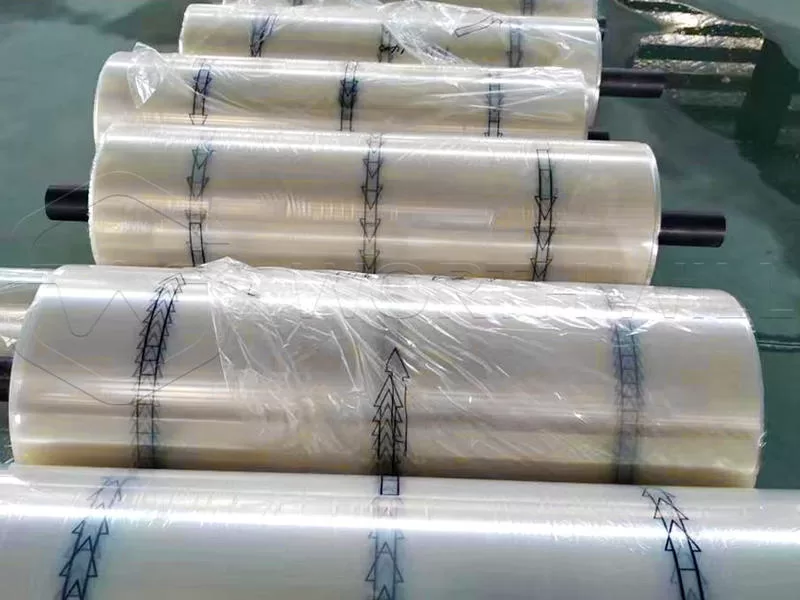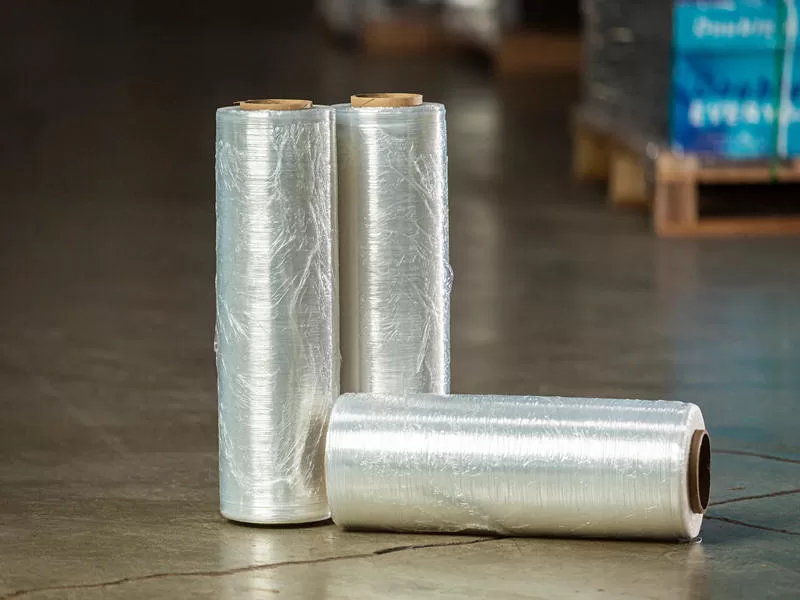In the realm of packaging and product protection, two common solutions often stand at the forefront: Protective Film and Stretch Film. While they may seem similar, each serves distinct purposes, catering to different needs and scenarios.
Protective Film: Safeguarding Surfaces with Precision

Protective Film, also known as surface protection film or temporary protective film. It is engineered to shield surfaces. From scratches, abrasions, dust, and other damage during transportation, storage, or installation. Here’s what sets it apart:
- Material Composition: Typically made from polyethylene or polypropylene, protective films boast excellent adhesion properties without leaving behind residue upon removal.
- Surface Applications: Protective films are ideal for delicate surfaces such as glass, stainless steel, aluminum, plastics, and painted surfaces. They provide a temporary barrier against scratches, scuffs, and other forms of damage, preserving the integrity and aesthetics of the underlying material.
- Customization Options: Protective films come in various thicknesses, adhesion levels, and tack strengths to accommodate diverse surface types and application requirements. They can be tailored to fit specific dimensions and shapes. It ensures precise coverage and protection.
- Ease of Removal: Unlike permanent coatings or adhesives, protective films can easily peel off. Without leaving adhesive residue or damaging the surface. This makes them ideal for use during manufacturing, shipping, or construction processes, where temporary protection is paramount.
Stretch Film: Flexible Wrapping for Secure Containment

Stretch Film, also referred to as stretch wrap or pallet wrap, is a versatile packaging material designed to secure and stabilize loads during transit or storage. Here’s what distinguishes it:
- Material Composition: Typically composed of linear low-density polyethylene (LLDPE), stretch film offers excellent stretchability and tear resistance, ensuring reliable containment of various loads.
- Application Method: Stretch film is applied by hand. Or with the aid of a stretch wrapping machine. It allows for efficient and uniform wrapping around palletized goods, boxes, or other items. It conforms tightly to the contours of the load, providing optimal protection against shifting, tampering, and moisture.
- Load Stability: By evenly distributing tension across the wrapped load, stretch film minimizes the risk of product damage or loss during handling and transportation. It enhances load stability, reducing the likelihood of shifting, toppling, or damage in transit.
- Versatility: Stretch film is suitable for a wide range of applications across industries, including logistics, warehousing, manufacturing, and retail. It comes in various widths, thicknesses, and formulations to accommodate different load sizes, weights, and environmental conditions.
In summary, while Protective Film safeguards surfaces with precision against scratches and damage. Stretch Film provides flexible wrapping solutions for secure containment and stability during transit or storage.
Understanding the differences between these two packaging materials empowers businesses to make informed decisions. Based on their specific needs and requirements. Whether protecting delicate surfaces or securing palletized loads, the right choice ensures optimal product integrity and performance throughout the supply chain.